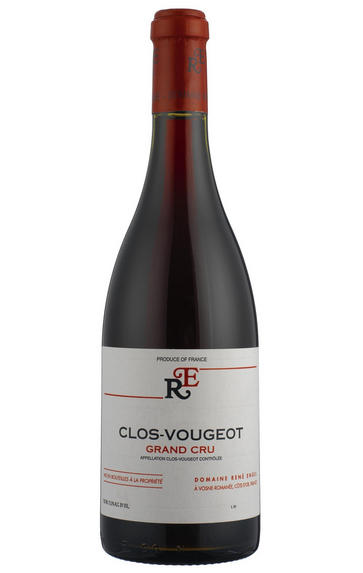
About this WINE
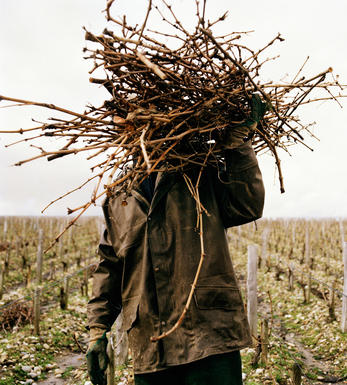
Domaine Rene Engel
Domaine René Engel was one of the leading lights of Vosne-Romanée until the tragic death of Philippe Engel, grandson of the founder, in 2005. Philippe took over the domaine on the early death of his father Pierre in 1981. However he continued to benefit from the advice of his legendary grandfather, René Engel, for several years, though occasionally having to ban him from the cellar when his interventions were becoming too intrusive. By the early 1990s he had established his reputation for making exceptionally delicious wines. He had a light hand with extraction, preferring to emphasise the natural qualities of the fruit, supported by the judicious use of new oak – rarely more than 50% except for the grand crus in exceptional vintages. The wines were fine and elegant, deceptively approachable when young though capable of long ageing. Perhaps the heyday of Philippe’s period in charge was around 1992 and 1993, by which time he had fully found his style and was running the domaine with energy and passion.
The flagship of the 6 hectare domaine was a wonderful Clos Vougeot from near the top of the Clos, along with a very fine Grands Echezeaux. These were supported by a third grand cru, Echezeaux, premier cru Vosne Romanée Les Brulées and a delicious village Vosne Romanée.
Five wines were made: a village Vosne-Romanée from numerous plots totalling 2.5 hectares; a premier cru Les Brûlées (1.05 hectares) from old vines, the youngest being planted in 1956 by a combination of René and Pierre Engel who somehow did not quite get their rows to meet; and three grands crus, Echézeaux (0.55 hectare), Clos Vougeot (1.37 hectares) and Grands Echézeaux (0.50 hectare).
It seemed to vary according to the year which of Clos de Vougeot and Grands Echézeaux turned out to be the finest wine. Both were usually outstanding, and a clear cut ahead of the Echézeaux. The Clos came from a single plot, very well situated on the upper-mid slopes just south of the château itself.
The domaine was sold to Francois Pinault (of Château Latour fame) and is now known as Domaine Eugénie.
Jasper Morris MW, Burgundy Wine Director and author of the award-winning Inside Burgundy comprehensive handbook.
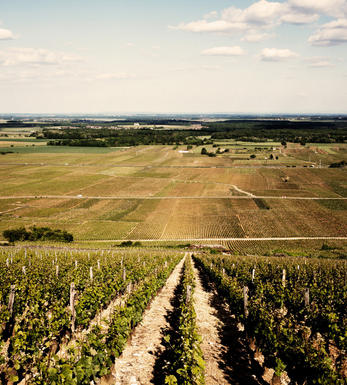
Vougeot
Most of the wine produced in this small village comes from a single, walled Grand Cru vineyard, the famous Clos de Vougeot. The vineyard in its present form dates from 1336 (when it was first planted by monks of Cîteaux), although it was not until the following century that it was entirely enclosed by stone walls.
Clos de Vougeot is both the smallest commune and the largest Clos in the Cote d’Or. It consists of 50 hectares of vineyards shared among 82 owners, with six soil types. There is quite a difference in quality between the upper (best) and lower (least fine) parts of the vineyard, though in medieval times a blend from all sectors was considered optimum.Le Domaine de la Vougeraie makes a very fine white wine from Le Clos Blanc de Vougeot, first picked out by the monks of Cîteaux as being suitable ground for white grapes in the year 1110.
- Five hectares of village Vougeot
- 12 hectares of Premier Cru vineyards (four in all): Les Cras, Les Petits-Vougeots, Clos de la Perrière and Clos Blanc de Vougeot
- 51 hectares of Grand Cru vineyard – Clos de Vougeot
- Recommended producers: Domaine de la Vougeraie, Domaine Bertagna, Engel, Anne Gros, Grivot, Liger-Belair, Meo-Camuzet.
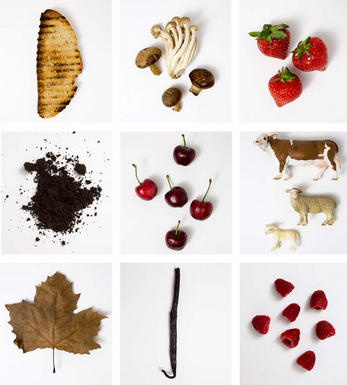
Pinot Noir
Pinot Noir is probably the most frustrating, and at times infuriating, wine grape in the world. However when it is successful, it can produce some of the most sublime wines known to man. This thin-skinned grape which grows in small, tight bunches performs well on well-drained, deepish limestone based subsoils as are found on Burgundy's Côte d'Or.
Pinot Noir is more susceptible than other varieties to over cropping - concentration and varietal character disappear rapidly if yields are excessive and yields as little as 25hl/ha are the norm for some climats of the Côte d`Or.
Because of the thinness of the skins, Pinot Noir wines are lighter in colour, body and tannins. However the best wines have grip, complexity and an intensity of fruit seldom found in wine from other grapes. Young Pinot Noir can smell almost sweet, redolent with freshly crushed raspberries, cherries and redcurrants. When mature, the best wines develop a sensuous, silky mouth feel with the fruit flavours deepening and gamey "sous-bois" nuances emerging.
The best examples are still found in Burgundy, although Pinot Noir`s key role in Champagne should not be forgotten. It is grown throughout the world with notable success in the Carneros and Russian River Valley districts of California, and the Martinborough and Central Otago regions of New Zealand.


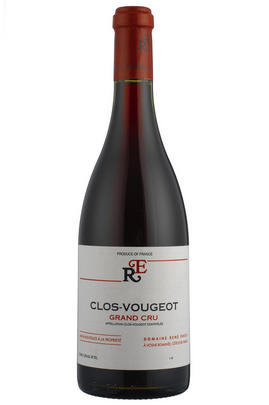
Buying options
Add to wishlist
Description
This is fuller purple in colour and has an extra degree of concentration on the nose. A superb, seamless, fruit-forward, ultra-long wine which has an intensity of very ripe cherries dominating the palate. It's very easy to fall in love with this.
(Jasper Morris, MW, BBR Burgundy Buyer)
wine at a glance
Delivery and quality guarantee